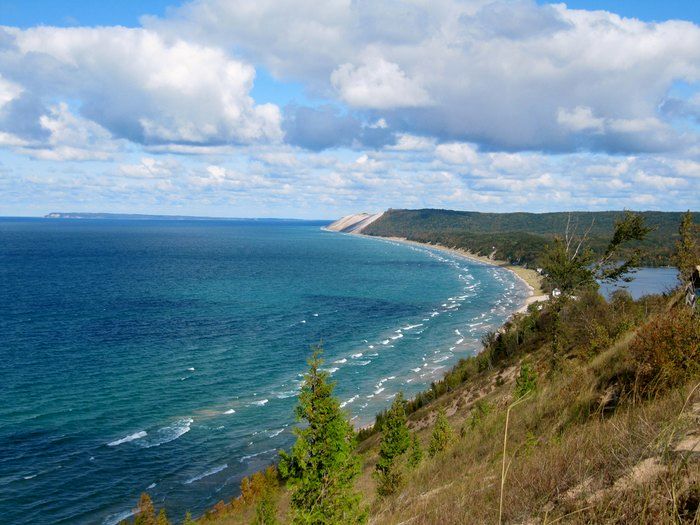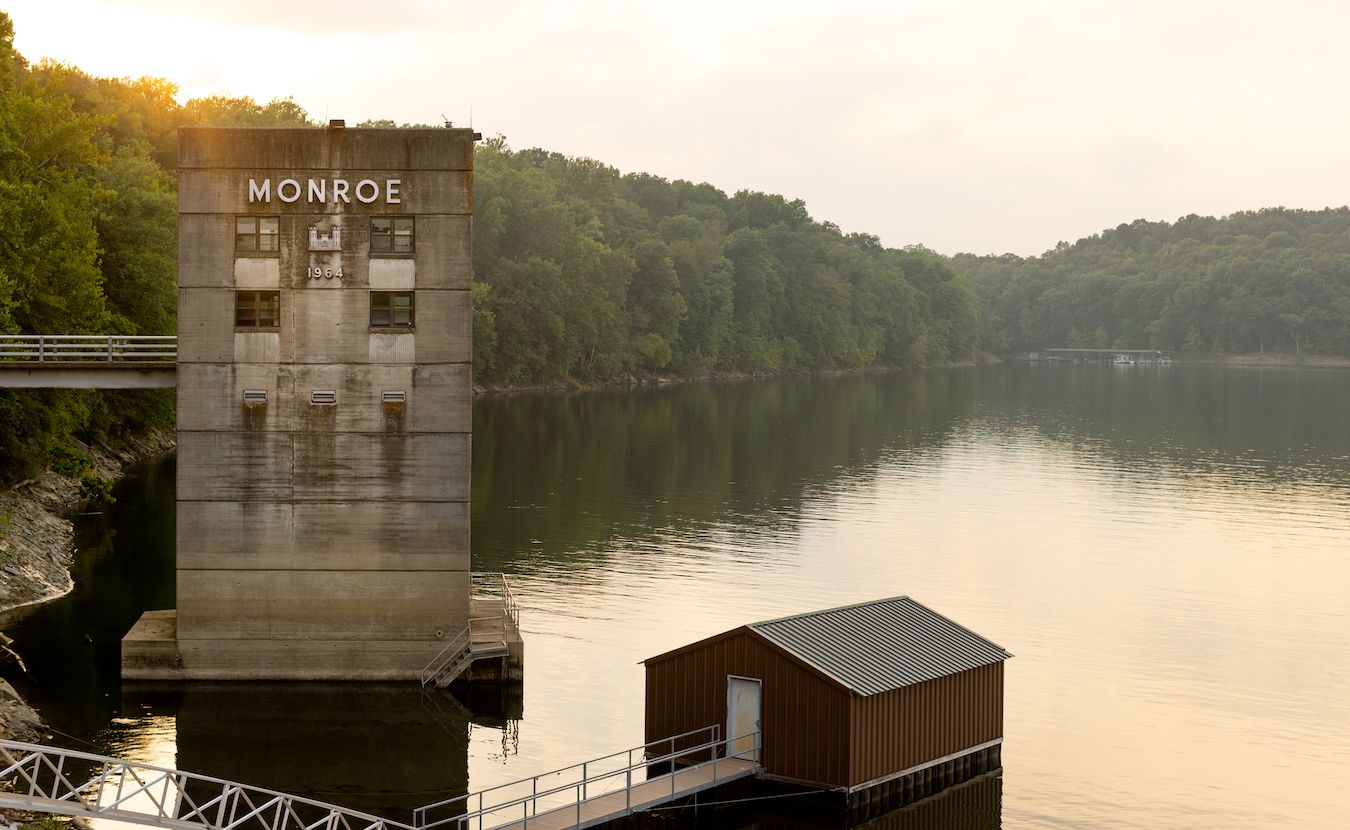A Hometown Network to Freshen the Great Waters

THE PROBLEM: The Great Lakes of North America hold the largest amount of fresh water on the planet - and they face crises of pollution and climate change affecting wildlife and human life in the water and on the shores. "Residents in communities along the shores of the Great Lakes have endured homes and businesses submerged under water, water shut off to thousands because of toxic microcystins, and beaches fouled with harmful algae blooms ...." (GLOW Partnership)
WHO'S ALREADY ON IT: The Great Lakes One Water Partnership (GLOW) formed in 2018 as an international (US and Canada) organization intent on identifying, strategizing, and coordinating the local actions that can address the diversity of crises and dangers, and sustain freshwater resources into the future for the millions who depend on the Great Lakes's water.
Here's the factor that makes GLOW different from other big-mission, vast-network organizations: they focus their strategies at the hometown level, through the community foundations already in place in the towns and counties on the Great Lakes shores and watersheds. GLOW's founders realized that community foundations' familiar and respected role as funders of hyper-local services and programs - financially supported by community residents themselves, so already vetted and approved - could be a force multiplier for change at the policy and economic level when communications and collaboration between foundations and programs are established and kept strong.
(TL;DR: a force multiplier is a factor or series of factors that allow greater impact than would have been possible without them. In this case, what community foundations bring to the water protection fight includes established identity and approval among residents, tightly identified geographical scope, and transparent local financial sources.)
The GLOW web site tells us that in Michigan, "[t]he Community Foundation of Marquette County announced the launch of the Resilient Future Project in partnership with the Community Foundation of the Upper Peninsula, Community Foundation for Delta County, Duluth Superior Area Community Foundation, Keweenaw Community Foundation and M&M Area Community Foundation.
"The Resilient Future Project is driven by heightened senses of urgency to prepare for storm events and accelerate innovative green and grey water infrastructure actions needed to create resilient communities. Their work will advance climate change literacy and awareness and build the capacity of targeted communities in the Lake Superior and UP region to limit the negative impact of severe storm events on the health and wellbeing of people and the communities they love.
"This project is just one example of the promise of what the GLOW Partnership work can mean for our shoreline communities."
You see how small organizations, united in a purpose common to their diverse communities, can propel change and keep us SANE?
#Ground #water #Civica #communityfoundations #finance #journalism
ADDENDUM-DE-DUM-DUM!

Lake Monroe, Monroe County, IN / photo by Anna Powell Denton
My pal and compadre in journalism, Mike Glab, wrote this article for Limestone Post about the history and declining health of Lake Monroe, the manmade reservoir that serves several counties in Southern Indiana – including a report on the lake's frequent algal blooms. Big Mike gives a darn good explanation of watersheds and how agricultural and other factors degrade water quality. He also gets at the need for many landowners, municipalities, and other stakeholders to work together to guard soil and watershed health. One kink with Lake Monroe's situation is that it was built and is "owned" by the Army Corps of Engineers.
“There is no entity that controls the watershed,” says [Maggie Sullivan, watershed coordinator for the nonprofit Friends of Lake Monroe]. “That’s part of the reason why it’s helpful to have a watershed coordinator. There are a lot of groups involved. There are tons of private landowners in the watershed. There are multiple counties that have jurisdiction. There’s the town of Nashville. A little bit of the city of Bloomington. So there’s no one person that can come in, no one organization that can say, Everyone in the watershed needs to do X.”
#Ground #water #soil #community #watersheds #bioregion #Civica #LimestonePost #nonprofitnews #localnews